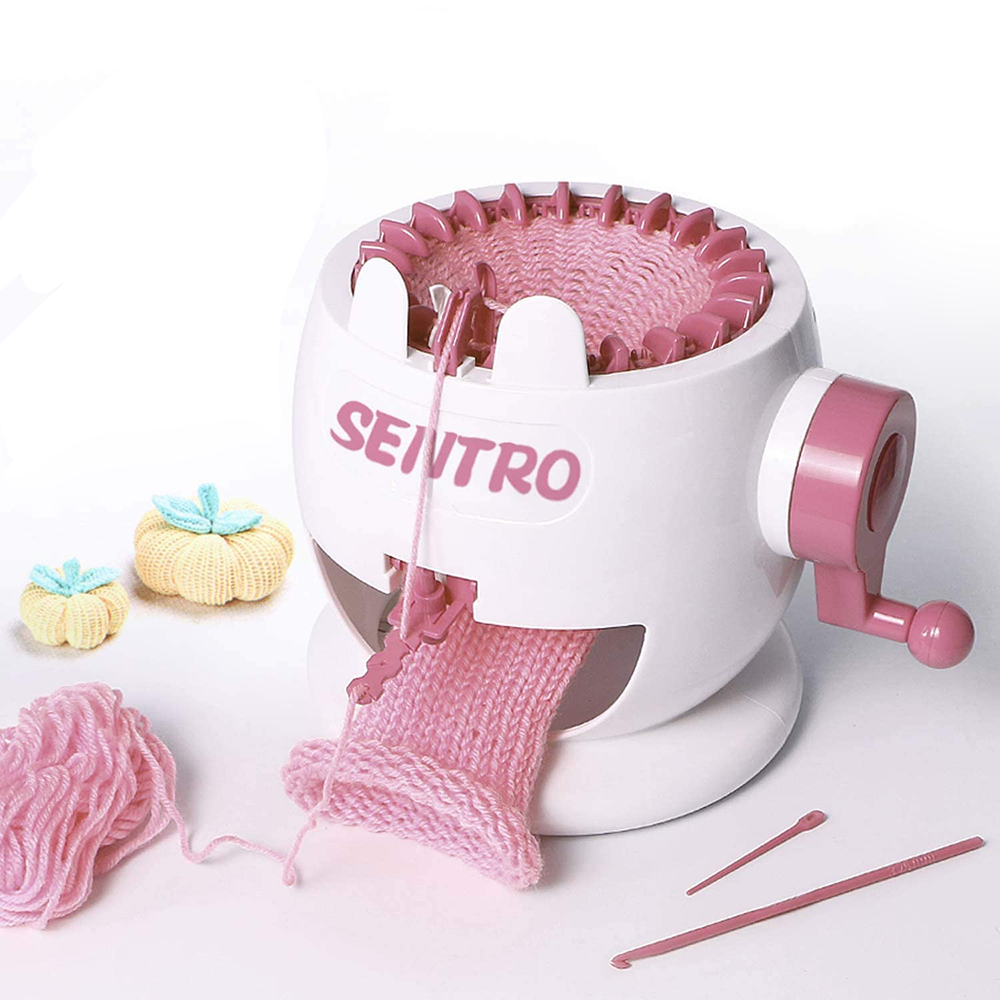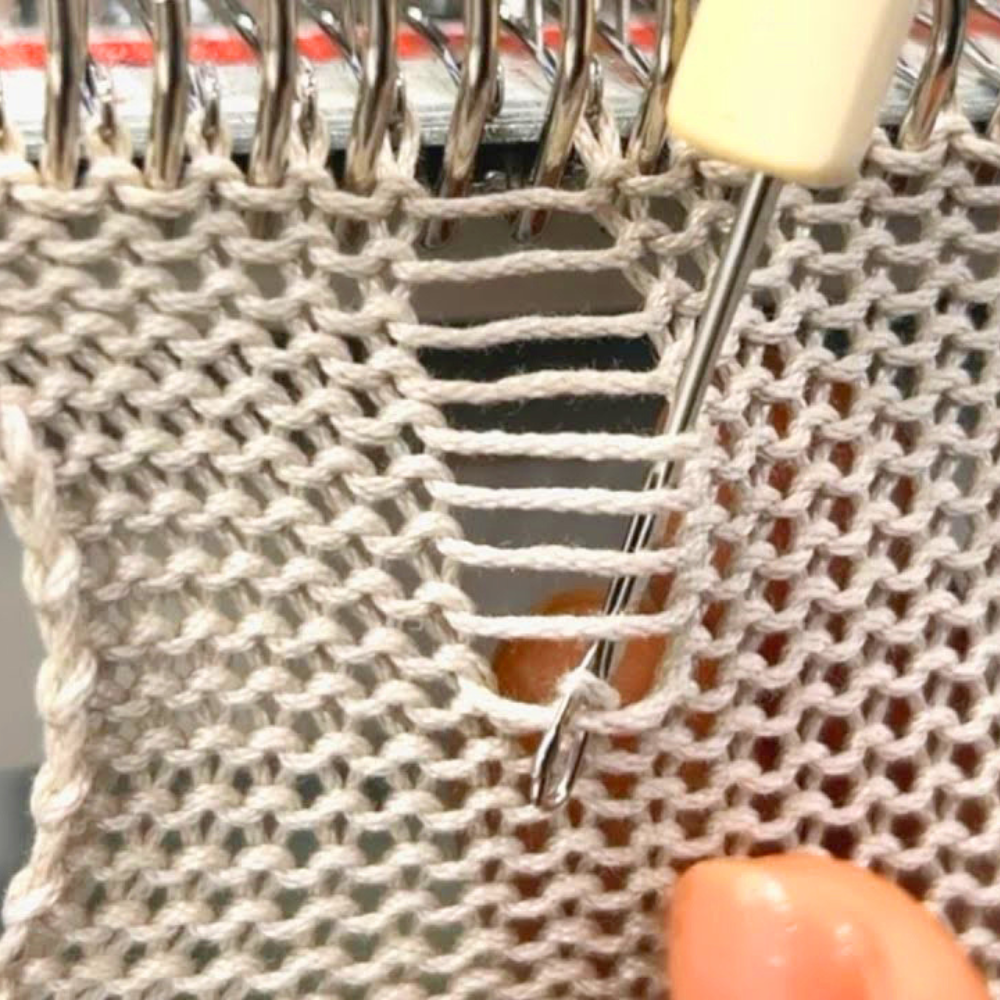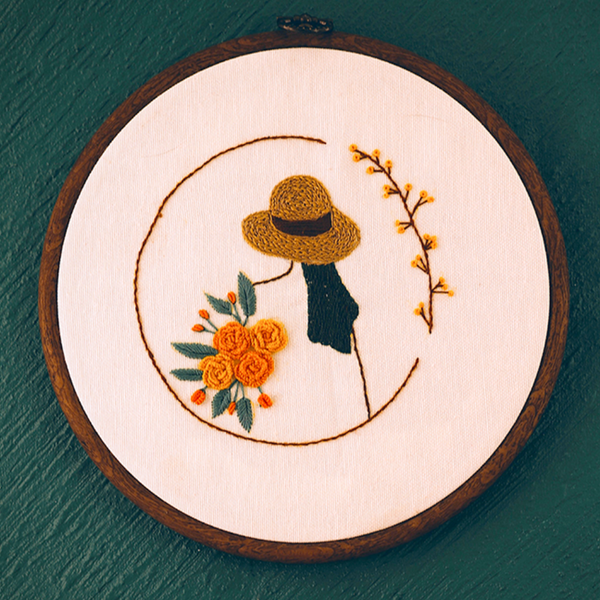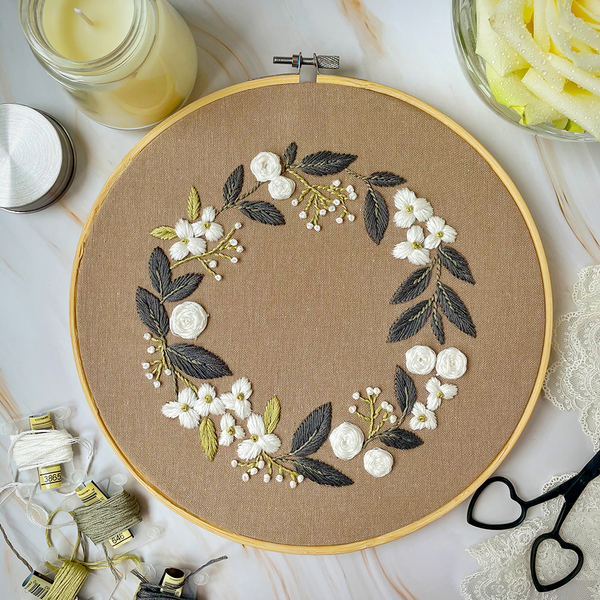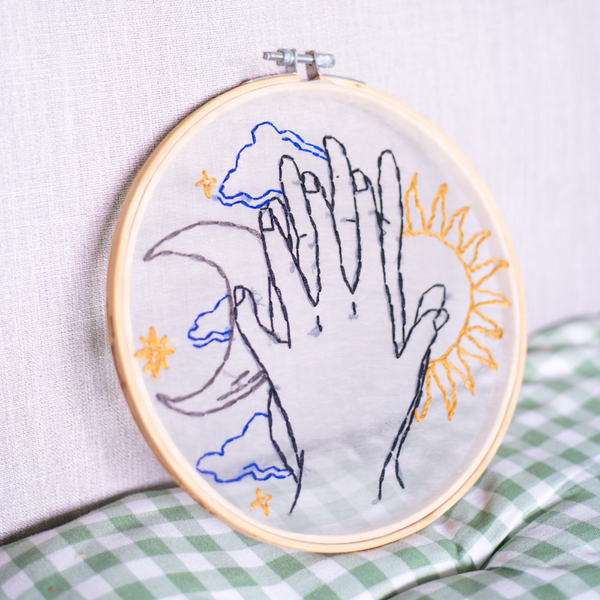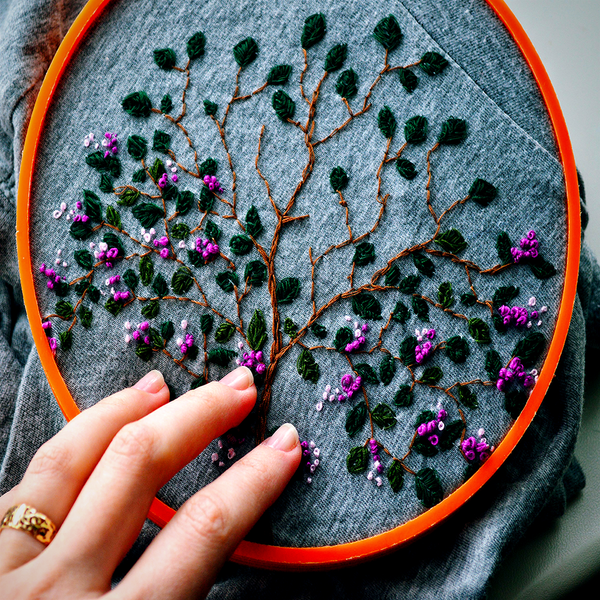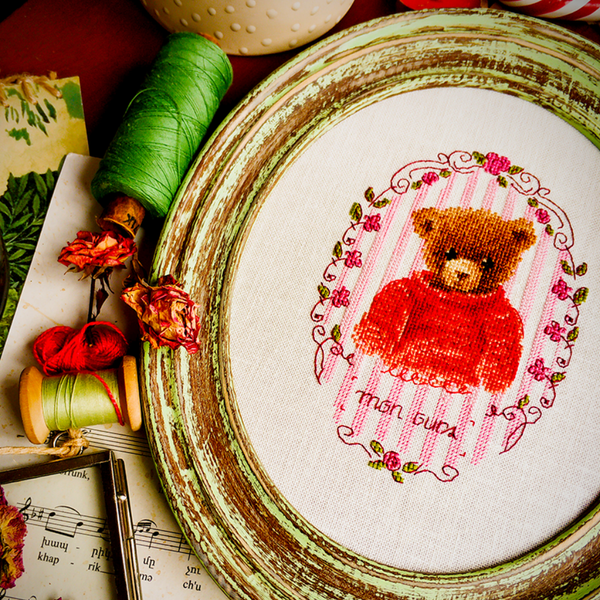Have you ever started a project with your knitting machine, only to find that it keeps dropping stitches?
Did you know that this problem might have more than one cause, and can often be fixed quickly and easily?
If you're a creator tired of battling technical issues while creating pieces from the comfort of your home, we've got just the guide for you!
Your knitting machine is supposed to be your best friend, but when it keeps dropping stitches, it can feel like the ultimate frenemy.
Dropping stitches can be maddening and unproductive, but don’t get frustrated just yet.
We get it; we've been there, too, but before you throw in the towel and give up on your latest project, take heart!
Our machine knitting lowdown will take a deep dive into why your knitting machine drops stitches and what steps you can take to fix it.
There are a few reasons why your knitting machine might be misbehaving, and we've got the lowdown on all of them.
From understanding common terminology to troubleshooting tips for your loom or knitting machines of all kinds, prepare yourself to become a master knitter in no time!
So, grab your knitting supplies, fire up that machine, and let's get started!
Buckle up, dear reader, because we're about to explore the wacky world of machine knitting!
Key Takeaways:
- Identifying the common causes of dropped stitches in knitting machines.
- Practical solutions to prevent and fix dropped stitches.
- Maintenance tips to ensure your knitting machine operates smoothly.
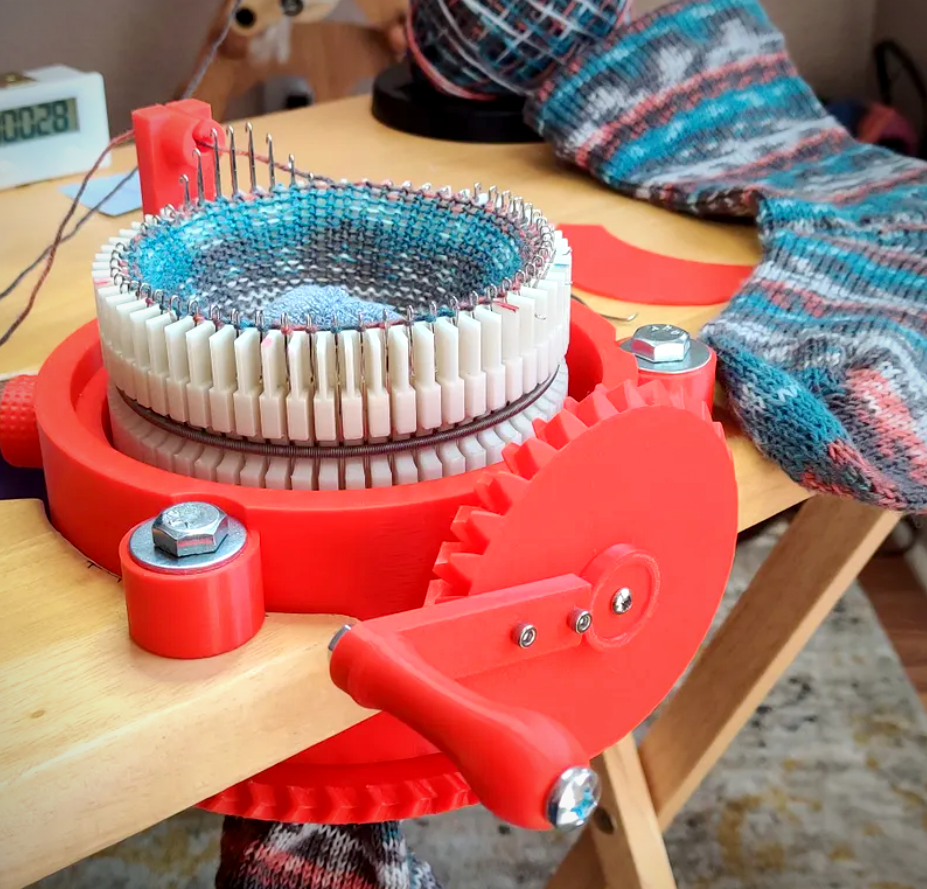


Common Causes of Dropped Stitches
Knitting machines are a boon for knitters looking to produce beautiful knitted items with efficiency and precision.
However, one common issue that can frustrate even the most experienced knitter is the problem of dropped stitches.
This can lead to incomplete projects, wasted time, and a lot of knitting heartache.
Understanding why your knitting machine keeps dropping stitches is crucial to resolving the issue and getting back to creating flawless knitted fabrics.
These amazing contraptions use needles to weave yarn back and forth, creating an endless loop of knit fabric.
However, between each needle, there's a small hook that grabs the yarn and pulls it through.
If the yarn isn't properly caught by the hook, a stitch can drop.
This is the most common reason why your knitting machine might be dropping stitches.
Dropped stitches can be the bane of any knitting project, turning what should be a relaxing activity into a source of frustration.
When it comes to knitting machines, several factors can contribute to this issue.
One of the primary reasons could be the condition of the needles.
Over time, needles can become bent or dull, making it difficult for them to catch and hold the yarn properly.
This is especially true for the end needle, which is often subjected to more wear and tear.
Another contributing factor could be the sponge bar.
If the sponge bar is worn out, it fails to hold the needles in place adequately, leading to dropped stitches.
Additionally, using different yarns with varying tension can also cause stitches to drop.
Yarns that are too slippery or too thick for the machine's settings can escape the hook of the needle, resulting in incomplete stitches.
This issue usually occurs when you're using a very thin or silky yarn.
A solution to this problem is to try using a different type of needle or adjusting the tension settings on your machine.
Lastly, incorrect machine set-up or improper tension can also cause stitches to drop.


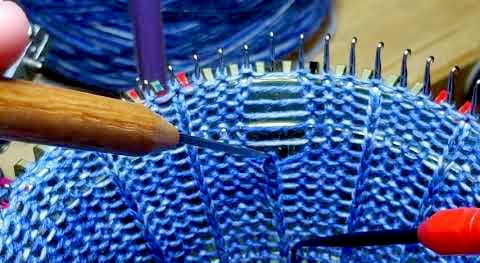
Practical Solutions for Dropped Stitches
Now that we have identified some common causes of dropped stitches in knitting machines, let's look at practical solutions to fix the issue.
The first step is to check the condition of your needles and replace any that are bent or dull.
Next, make sure your sponge bar is in good condition and replace it if needed.
To avoid yarn tension issues, always use the recommended type of yarn for your machine and adjust the tension accordingly.
Moreover, regularly cleaning and lubricating your knitting machine can also prevent dropped stitches caused by improper set-up or tension issues.
Advanced Knitting Machine Techniques to Prevent Dropped Stitches
Knitting machines are intricate devices that can create beautiful patterns and textures, but they require a certain level of skill to operate flawlessly.
One advanced technique to prevent a dropped stitch is to carefully monitor the tension of the yarn.
A stitch may drop if the tension is too loose, causing the yarn to slip out of the needle hooks.
Conversely, if the tension is too tight, it can cause two stitches to knit together or the yarn to break, leading to a dropped stitch.
It's essential to find a balance and adjust the tension according to the yarn's thickness and the pattern's requirements.
Another technique involves the use of "ravel cords" or "waste yarn."
These are temporary threads wound into the beginning rows of your work, which can be removed later.
They provide a stable foundation and make it easier to catch a dropped stitch before it unravels further.
Additionally, for patterns that require multiple color changes, such as a detailed hat or a tailored piece, it's crucial to ensure that the yarn is properly wound and not tangled, as this can also lead to dropped stitches.
There are numerous resources available online.
You can search YouTube for tutorials on fixing dropped stitches on knitting machines.
These videos often provide detailed instructions and practical examples to guide you through the process.
Watching a video tutorial on managing yarn changes can be immensely helpful for visual learners hoping to perfect their craft.
Enhancing Your Knitting Machine's Capabilities with Accessories
To push the boundaries of what your knitting machine can do, consider investing in accessories that can help prevent dropped stitches and expand your pattern repertoire.
One such accessory is a 'stitch presser', which applies gentle pressure on the rows as they are being knit, ensuring that each stitch is properly formed and reducing the likelihood of dropping stitches.
This is particularly useful when working with slippery yarns or when attempting complex patterns that require precision.
Another valuable accessory is a 'row counter', which assists in keeping track of your progress.
This can be crucial when working on patterns that require specific row counts before a color change or pattern shift.
It can also help in maintaining symmetry, especially when knitting items like socks or gloves, where matching patterns on both sides is essential.
For those who crochet as well as knit, a crochet hook is an indispensable tool for picking up a dropped stitch or correcting a mistake without having to unravel rows of hard work.
Keeping these tools at hand can give knitters the confidence and the means to tackle more challenging projects with hope and excitement.

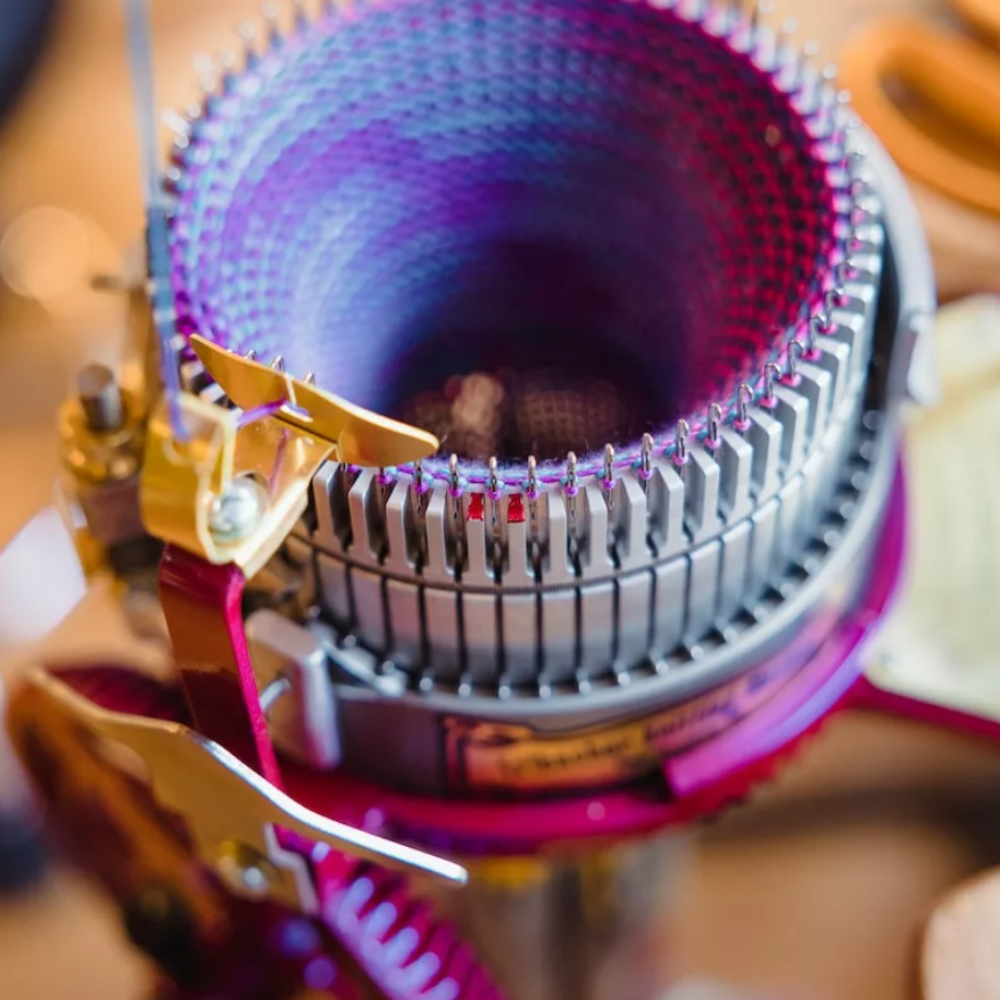

Troubleshooting Dropped Stitches
To address the issue of dropped stitches, it's essential to start with a thorough inspection of your knitting machine.
Check the needles for any signs of damage or wear.
If you find bent or dull needles, replacing them can often resolve the problem.
It's also important to examine the sponge bar.
A sponge bar that doesn't provide enough resistance can be the culprit behind those pesky dropped stitches.
Replacing the sponge bar is a relatively simple and cost-effective solution.
Tension is another critical aspect to consider.
Incorrect tension settings can lead to either too tight or too loose stitches, both of which can cause stitches to drop.
Ensure that the tension is set correctly for the type of yarn you're using.
It's also worth noting that certain patterns, such as fair isle or lace, may require different tension settings to prevent tucked stitches or other issues.
Maintenance Tips for Optimal Performance
Regular maintenance is key to preventing dropped stitches and ensuring your knitting machine operates at its best.
This includes cleaning and oiling the machine regularly to keep it running smoothly.
Over time, the needles of your machine can become dull or bent, and if they're not replaced, they can cause your knitting to drop stitches.
Make sure to clean and oil your knitting machine regularly, and replace the needles when they become worn out.
Additionally, always use the recommended weights for your yarn to maintain consistent tension throughout your work.
This is particularly important when knitting items like scarves or hats, where even tension is crucial for a professional finish.
It's also advisable to use quality yarns that are suitable for machine knitting.
Different yarns behave differently on a knitting machine, and selecting the right type can make a significant difference in the quality of your knitted fabric.
For instance, wool tends to have more grip, which can help prevent dropped stitches, whereas synthetic yarns may be more prone to slipping off the needles.

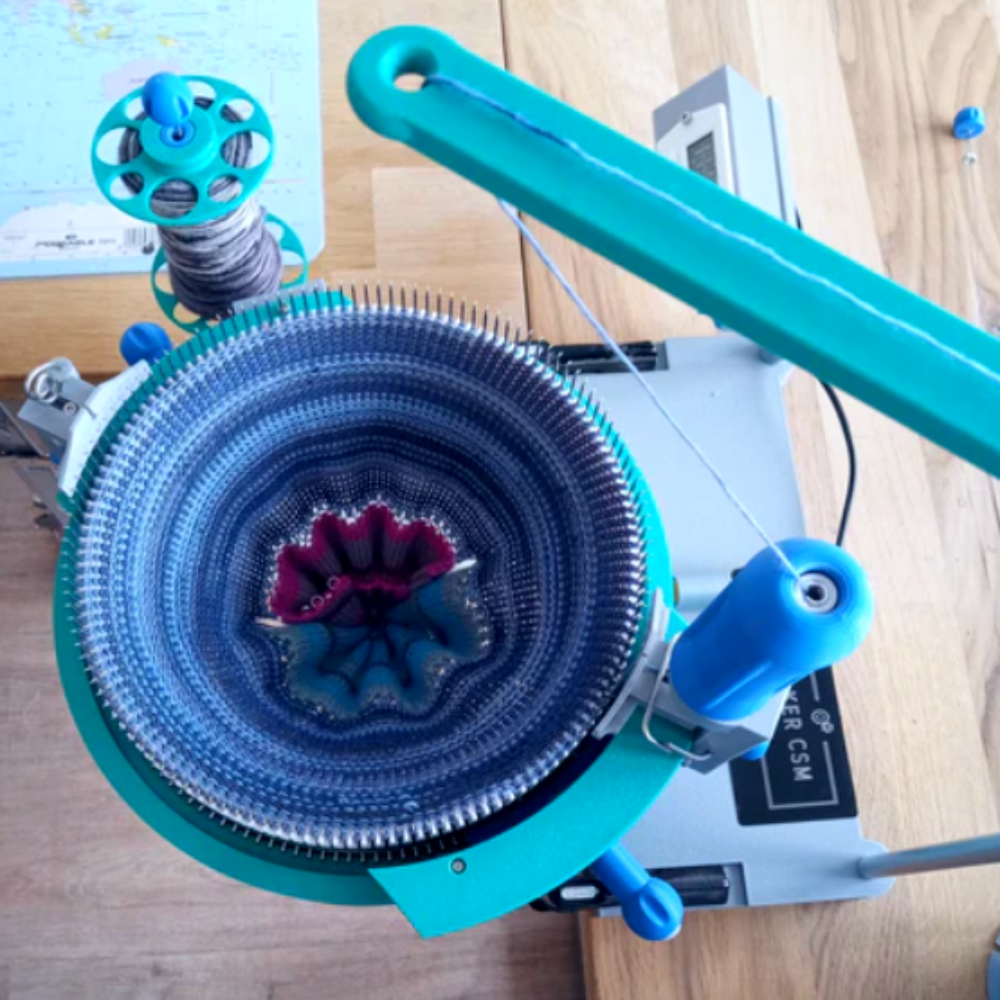
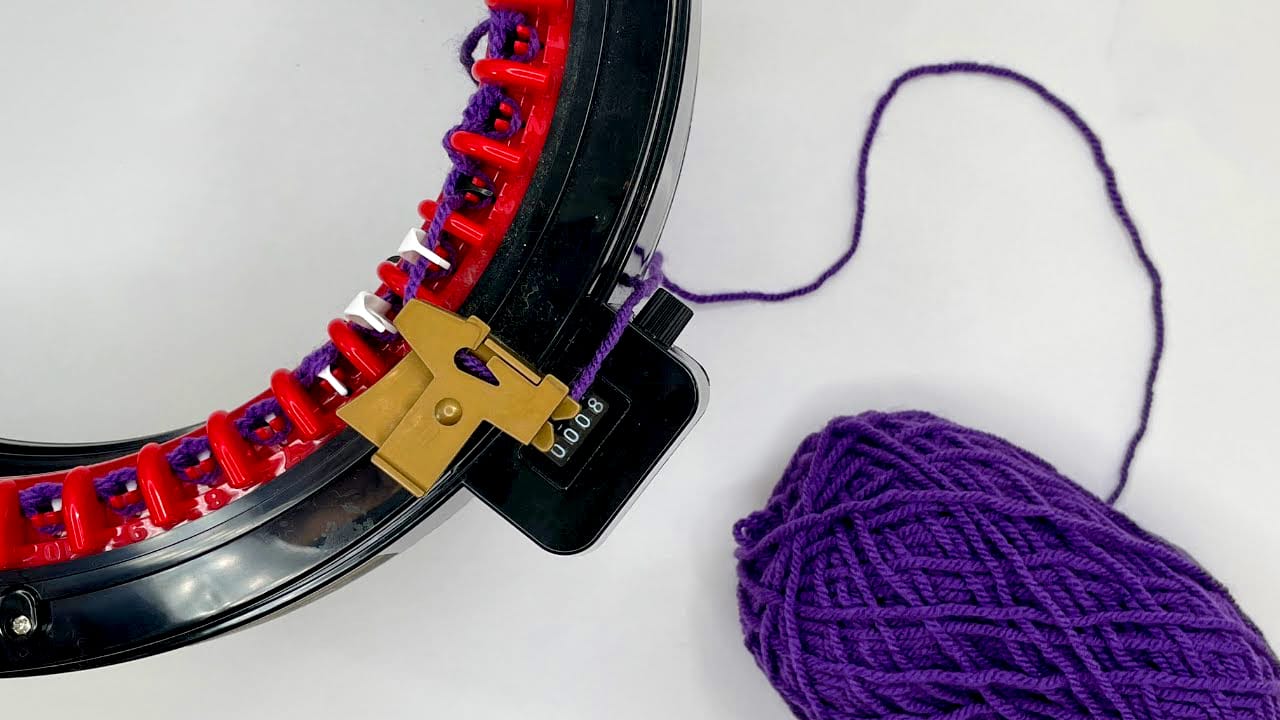
Keep Calm and Knit On
Dropped stitches can be frustrating, but with the right knowledge and techniques, they can easily be avoided or fixed; dropped stitches in knitting machines can be a common yet solvable problem.
The next time your knitting machine starts acting up, you can diagnose and fix the problem.
Remember that the most common issue is a dropped stitch caused by a faulty hook, but it's always worth double-checking your tension settings, needle quality, and yarn.
By understanding the causes, such as damaged needles, worn sponge bars, and incorrect tension settings, knitters can take proactive steps to prevent this issue.
Regular maintenance and using the right materials are also crucial for smooth knitting machine operation.
With these insights and solutions, you can minimize the frustration of dropped stitches and enjoy the process of creating beautiful knitted items.
Remember, a little bit of troubleshooting and maintenance can go a long way in preventing dropped stitches and ensuring a smooth knitting experience.
So, keep calm and carry on knitting!



Ready to fix those pesky dropped stitches? Check out Snufflebean Yarn's video!
Want even more content about creativity and art?
Be sure to check out all of our creative chronicles!
Eager to learn more about knitting with knitting machines?
Check out some of our other articles:
-Can a beginner use a knitting machine?
-What can you make with a Sentro knitting machine?
-Can you knit socks on a knitting machine?
-Can you make a sweater with a knitting machine?
-Can you double knit on a knitting machine?
-Can you crochet with a knitting machine?


